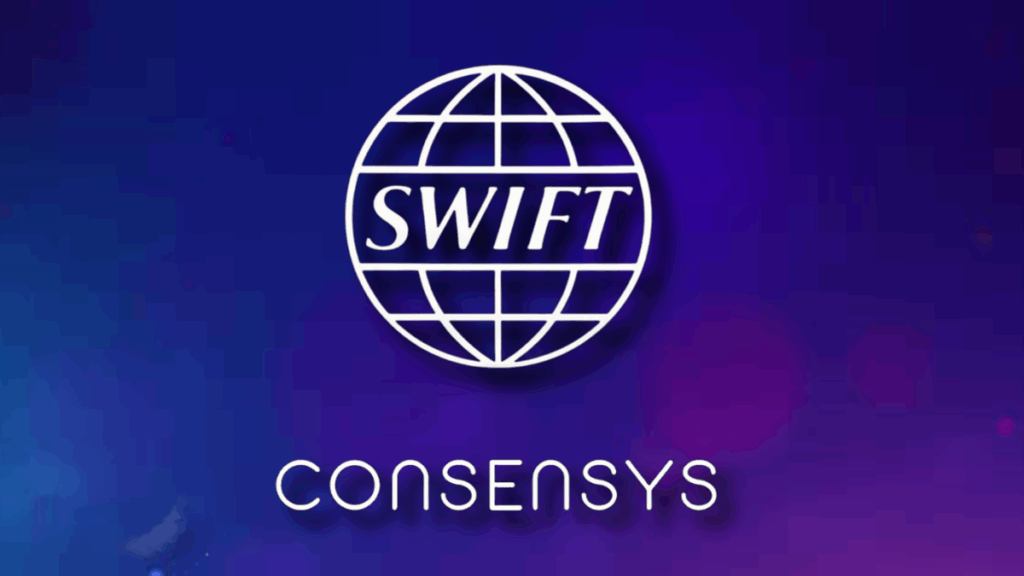TL;DR
- Swift confirmed plans to integrate a blockchain-based ledger into its global infrastructure in order to improve settlement speed and transparency for international transfers.
- More than 30 financial institutions, including Santander and HSBC, will participate in the testing and design phase alongside Consensys.
- The system is expected to support regulated tokenized value and connect both traditional banking rails and public blockchain networks such as Ethereum.
Swift, the backbone of global interbank communication, is transitioning from mere message routing to direct transaction coordination using blockchain technology. In partnership with Ethereum developer Consensys, the organization is designing a shared ledger that can operate around the clock and settle cross-border payments in real time. The approach moves beyond experimental trials, incorporating direct input from banks that will eventually use the infrastructure in production.
Rather than competing with decentralized networks, Swift appears to be positioning itself as a neutral orchestrator between private banking platforms and emerging public chains. The proposed system will use smart contracts to validate and sequence transactions while preserving auditability and compliance, allowing institutions to interact with tokenized assets without adopting entirely new architectures. Early commentary from industry analysts suggests that this could pave the way for programmable liquidity pools between banks, enabling automated treasury operations and interest-bearing settlement accounts based on predefined rules.
Interoperability Becomes A Strategic Priority
Historically, financial networks were siloed systems that required intermediaries to reconcile balances. The ledger developed by Swift and Consensys aims to eliminate those bottlenecks by providing a programmable settlement layer capable of linking multiple networks. A bank could initiate a transfer from a proprietary platform and finalize it on an open blockchain without losing regulatory oversight or transaction history.
A Defensive And Offensive Move For Traditional Finance
With countries such as China and the UAE developing independent settlement networks, Swift faces growing pressure to evolve. By adopting blockchain instead of resisting it, the organization protects its dominant position while simultaneously entering a market currently led by crypto-native companies. For advocates of digital assets, the initiative confirms that programmable money is no longer a niche concept but a baseline expectation for future financial infrastructure.

The next milestone will be defining which assets are supported first—central bank digital currencies, tokenized deposits, or potentially even stablecoins. Trials could redefine global settlement architecture, shifting cross-border payments from multi-day delays to near-instant execution while unlocking new revenue models for both banks and infrastructure providers. The transformation would also reduce reliance on correspondent banking chains, freeing capital otherwise trapped in transit, ultimately normalizing real-time settlement expectations across all major currencies worldwide.










